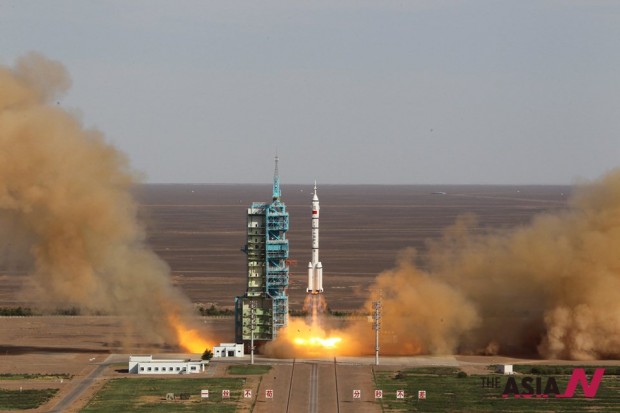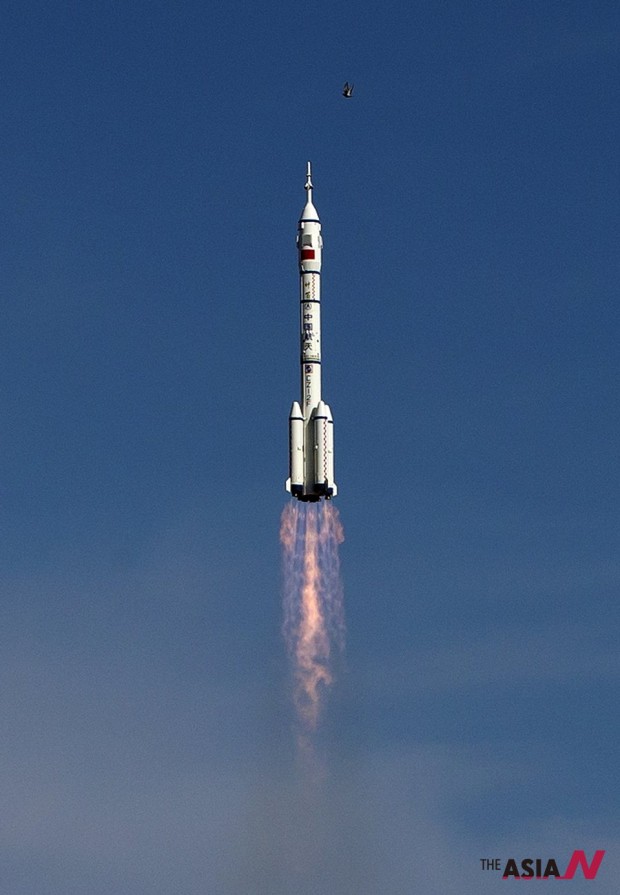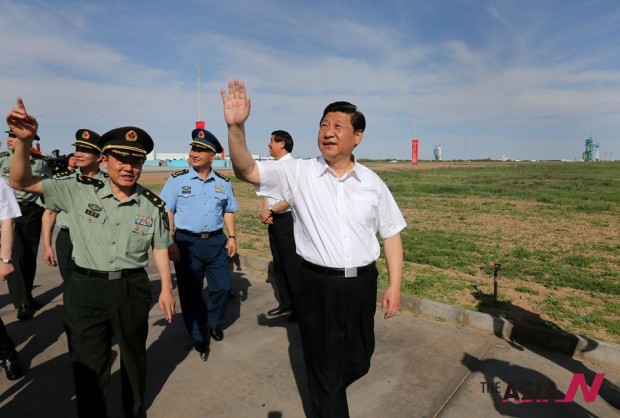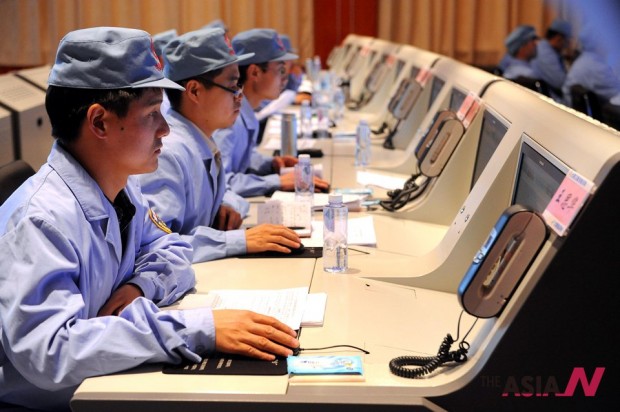
China’s 5th manned spacecraft Shenzhou 10 launched successfully

A Chinese spacecraft blasted off to begin the country’s fifth and longest manned space mission, taking three astronauts to an orbiting space lab from where they will give science lessons to youngsters.
A Long March 2F rocket carrying the Shenzhou 10 astronaut capsule lifted off as scheduled at 5:38 p.m. (0938 GMT) Tuesday from the Jiuquan Satellite Launch Center on the edge of the Gobi Desert.
The spacecraft will transport the crew to the Tiangong 1, an experimental prototype for a much larger Chinese space station to be launched in 2020. They’ll be docked together for 12 days.

On the heels of Canadian astronaut Chris Hadfield’s wildly popular YouTube videos from the International Space Station, the Chinese crew plans to deliver a series of talks to students from aboard the Tiangong.
The craft carried two men, mission commander Nie Haisheng and Zhang Xiaoguang, and China’s second female astronaut, Wang Yaping.
Before the launch, President Xi Jinping was shown live on television wishing them well at the launch center.
“You have made Chinese people feel proud of ourselves,” Xi told the three astronauts. “You have trained and prepared yourselves carefully and thoroughly, so I am confident in your completing the mission successfully.
“I wish you success and look forward to your triumphant return.”

State television showed Xi watching the launch, as well as Premier Li Keqiang who was at the space command center in Beijing.
The space program is a source of enormous pride for China, reflecting its rapid economic and technological progress and ambition to rank among the world’s leading nations.
China is hoping to join the United States and Russia as the only countries to send independently maintained space stations into orbit. It is already one of just three nations to have launched manned spacecraft on its own.

The space classrooms mark the boldest step so far to bring the military-backed program into the lives of ordinary Chinese and follows in the footsteps of NASA, which uses student outreach to inspire interest in space exploration and sustain support for its budgets.
At a news conference Monday, Wang said she was “eager to explore and feel the magic and splendor of space with young friends.”
Her fellow astronaut Zhang told reporters they would conduct dozens of space science experiments and would “enjoy personalized space foods especially designed by our nutritionists.” <AP/NEWSis>


